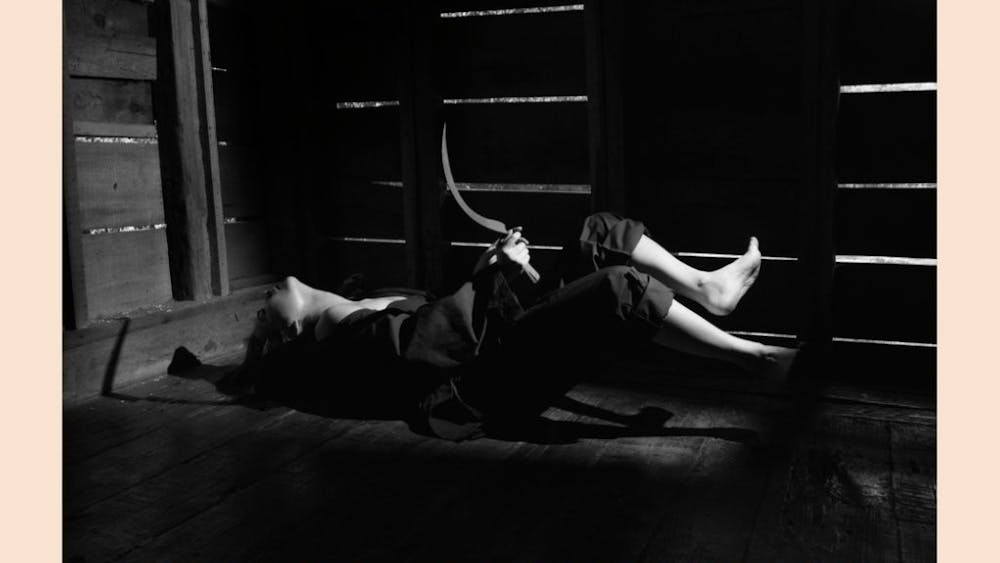I'm walking on uncertain ground here, so please bear with me. \nGay people have made much progress during the past 30 years, but one thing is pretty much the same as ever: fear and loathing of the Stereotype. It turns up often in coming-out stories: "I didn't want to be gay, because there was this Stereotype of how gay people were supposed to act; and I wasn't like that, so I told myself I wasn't gay until I realized you didn't have to fit the Stereotype to be gay..." \nFair enough. I don't wish to minimize the fears and pain of so many gay kids, and I certainly agree that there is no single way a gay person must act. But that's just the trouble. Many people think there is a single way a gay person must act, conforming as much as possible to the sex-role (or "gender," to use the jargon) norms of American society. Those who can't or won't do so are condemned for fitting the Stereotype, giving us a bad name, and hurting the cause. The standard coming-out story I quoted earlier excludes those gay people who don't conform to prescribed sex roles, the sissy boys and the butch girls -- or rather, it includes them only as the Stereotypes who scared other "normal" gay kids. \nSome people might imagine that such kids come to terms with their sexuality more easily. After all, they embody the Stereotype, so they don't feel any conflict, right? Maybe for some of them it works like that, but not for all. They are targeted by parents, teachers, child psychologists and, of course, other kids, for not acting as they should. The psychiatric establishment has declared that homosexuality is not an illness, and repudiated attempts to change sexual orientation -- but not gender nonconformity, especially in children, who still are considered fair game for mental health professionals. The amazing thing is that so many resist from earliest childhood; author Phyllis Burke has documented this in her important book "Gender Shock."\n But the relentless pressure and (all too often) abuse take their toll. The gay movement has publicized the high rate of suicide among gay teens almost to the point of romanticizing it, but what is seldom mentioned is that many, perhaps most of the gay kids who kill themselves are gender nonconformists. It doesn't appear that such kids have an easier time of it, or feel better about themselves; instead they feel doubly stigmatized.\nTo add to the confusion, the science which claims a biological basis for homosexuality assumes that gay men are biologically feminized and lesbians masculinized. (Where bisexuals fit in, I don't know.) From neuroscientist Simon LeVay, who found that gay men have the hypothalamus of a woman in the body of a man, to researchers who believe that lesbians got an extra dose of testosterone in the womb, the underlying model of sex and gender has changed little since the 1800s. Ironically, this primitive model is widely embraced by gender-conformist gays, who miss its implication: that gender nonconformity is the essence of being gay.\nLet me stress as firmly as possible: I reject the biological model of homosexuality, and I am not telling gender-conformist gay kids they ought to take up drag or leather. I'm trying to point out a fundamental contradiction in the advice we give people in the process of coming out.\nI don't have any answers to offer. I only have what I think is a very important question: How can we help gay kids to like themselves better without demonizing those who are gender nonconformist? Something is terribly wrong when sissy boys and butch girls are portrayed as the horrible stereotypes whose example keeps other gay kids terrified in their closets. Until we address this issue and try to find solutions, gay adolescents will continue to suffer.
Fighting the stereotype
Get stories like this in your inbox
Subscribe




